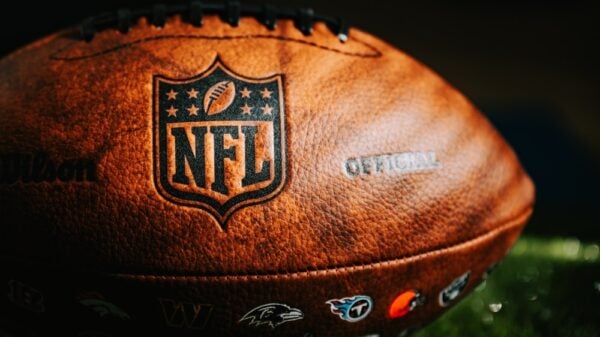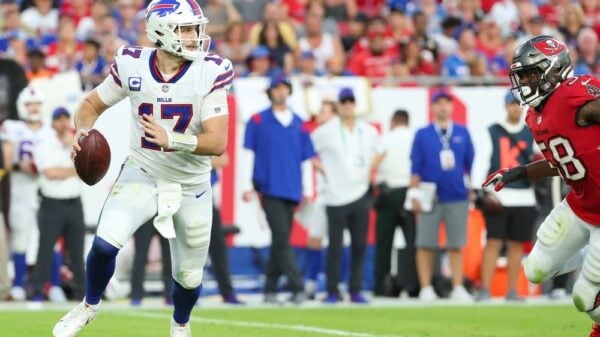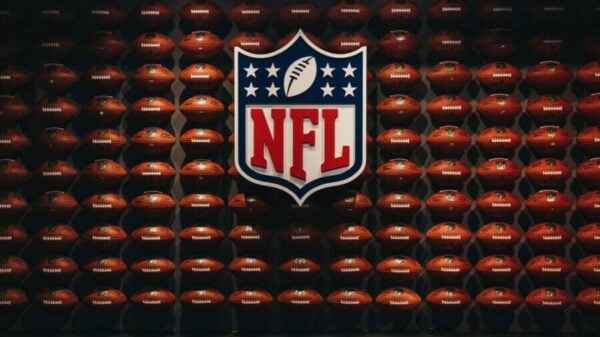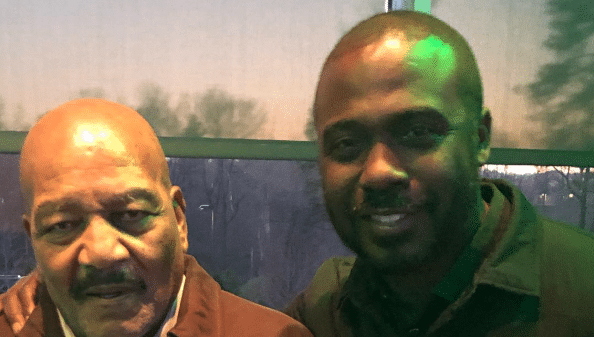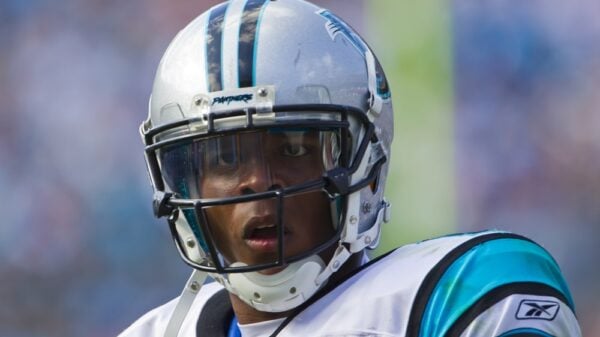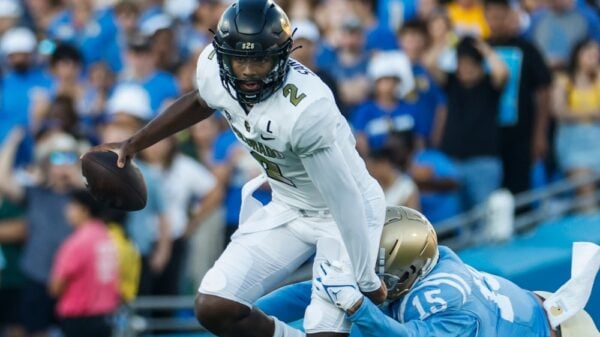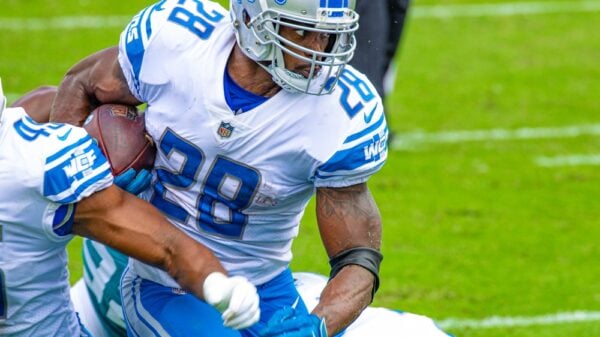Contract negotiations in the NFL are often among the most intense and emotional facets of the sport, particularly for players who have devoted their lives to the game. For Cincinnati’s leading receivers, Ja’Marr Chase and Tee Higgins, this offseason marked a critical juncture in their careers. Ja’Marr Chase made headlines by signing a remarkable four-year, $161 million agreement, establishing himself as the highest-paid non-quarterback in NFL history. His outstanding skills and performances have made him a foundational element of the Bengals’ offense. In contrast, Tee Higgins secured a commendable four-year, $115 million contract averaging $28.75 million annually—a notable achievement, though the complexities of his deal tell a more nuanced story.
On the surface, Higgins’ contract seemed strong, promising a considerable amount of guaranteed money early on. However, as analysts delved into the specifics, it became apparent that the apparent generosity from the Bengals might not be as extensive as it appeared. A closer examination of Higgins’ agreement uncovered that the only fully guaranteed money is a $20 million signing bonus set for 2025. While the Bengals earmarked an extra $10 million for an offseason roster bonus in 2026, they deliberately refrained from guaranteeing his $10.9 million base salary for that year. This absence of full commitment raised concerns, prompting former NFL star Shannon Sharpe to express skepticism about the deal, labeling it in a particularly colorful manner as “bullsh*t.”
This sentiment resonates broadly with fans and analysts alike. The details of Higgins’ contract not only impact his financial well-being but also reflect the treatment of players by NFL teams. It raises challenging inquiries—why would a talented athlete like Higgins accept what some view as a less favorable arrangement? Despite the backlash, it’s crucial to recognize that while financial negotiations are transactional, they are also profoundly personal. By opting to remain with the Bengals, Higgins’ decision underscores his loyalty to the team and his wish to continue playing with his quarterback, Joe Burrow, and fellow receiver Ja’Marr Chase—two teammates with whom he has forged strong bonds over time.
The negotiation’s complexity is further compounded by the contract’s structure, which is laden with performance incentives. Higgins stands to earn a $2 million bonus for each game he plays, potentially raking in an extraordinary total of $35.5 million if he remains injury-free throughout the 2025 season. Such performance-based contracts can create uncertainty for players, as their financial future becomes closely tied to their health and on-field performance.
Additionally, the Bengals retain a year-to-year option, enabling them to release Higgins after just one season without the obligation of his 2026 base salary. Should that happen, he would risk forfeiting his roster bonus, leaving him exposed should unexpected circumstances arise. Adding to the discourse, legendary Bengals receiver Chad Johnson has voiced his thoughts on the matter. Despite being a former player with deep connections to the franchise, Johnson struggles to understand how a committed player like Higgins could feel undervalued.
While Johnson acknowledges that contract language can be intricate, he expressed relief that key players like Burrow, Chase, and Higgins remain teammates. He understands the challenges posed by the business side of football, recalling that seeing Higgins tagged for the first time felt like a harsh wake-up call—an unsettling reminder of the tough realities of the sport.
As the Bengals make their financial decisions heading into the season, they have traditionally been seen as a conservative organization. They confront the ongoing task of maintaining competitiveness while safeguarding their future financial stability. Their approach, as illustrated by the structure of Higgins’ contract, suggests a commitment to seizing their current championship window over the next couple of seasons. However, this represents a precarious gamble, especially given Higgins’ injury history, which has seen him miss ten games in the past two seasons. The organization appears reluctant to make a significant financial commitment to a player whose status is somewhat uncertain, even as their star quarterback, Burrow, has demonstrated the ability to perform with fewer elite weapons.
Looking ahead, one might wonder if Higgins could have benefited more from playing this season under the franchise tag. Such a choice may have secured him a more substantial guaranteed payout and positioned him for a more lucrative contract on the open market next year. This could potentially have led to a deal worth $30 million annually from a team willing to provide that level of financial security. Football encompasses risk, but it is also about relationships, loyalty, and the pursuit of a collective dream—this is a reality relevant to every player navigating the challenging terrain of NFL contract negotiations.
Image Source: Shannon Sharpe @ Instagram


